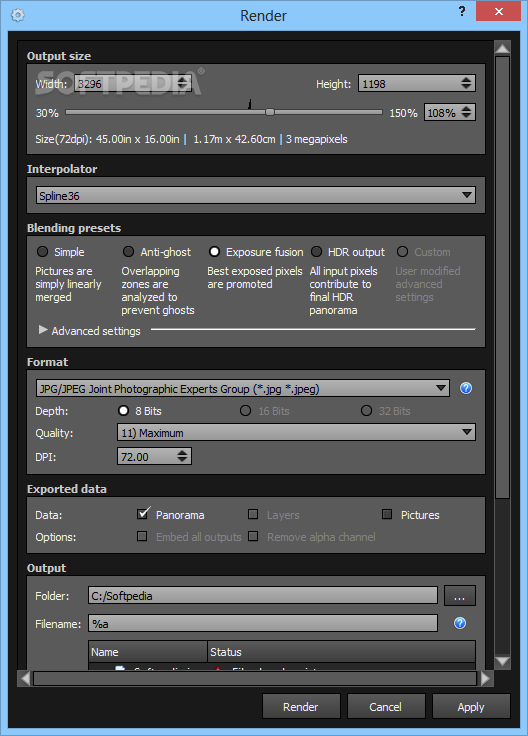

The recording presented here is based around a CoreSound TetraMic, and multiple monophonic spot (AKG 414s) and room microphones (AKG C314s, and Sennheiser TLMs) arranged in a circle of 1m radius and at 90 degree intervals, as shown below.Īs always with this type of production, it is critically important that additional processing is applied to the instrument spot mics so that the perceived distance of the audio broadly matches the visible distance of the performers in the video. The title of A Round, Around reflects this approach and the spatial arrangement of players, and the use of rotations and other spatial effects created by passing musical material between consecutive instruments, as can be seen in the score excerpt below. The compositional aesthetic here follows a more traditional contrapuntal approach in the form of a modified round, a form of strict canon in which each part performs the same melody but starting at different times.

This performance actually took place in June of last year but as the recordings were used as part of our Ambisonic Microphone study (discussed in the last blog post here), we decided to complete that research before releasing the video of the performance. The piece consists of an acoustic quartet (guitar, cello, flute and saxophone) arranged symmetrically around the central recording position in the debating chamber of Trinity College Dublin. Many, many thanks to Kate Ellis, Nick Roth, and Lina Andonovska for their fine performances.

The second work composed specifically for the Trinity 360 project has now been released on YouTube and spatial audio should now be supported on most browsers and mobile devices (including iOS).


 0 kommentar(er)
0 kommentar(er)
